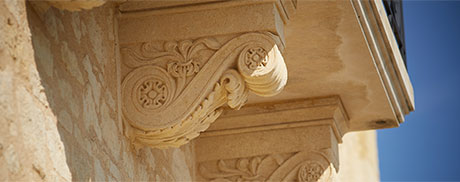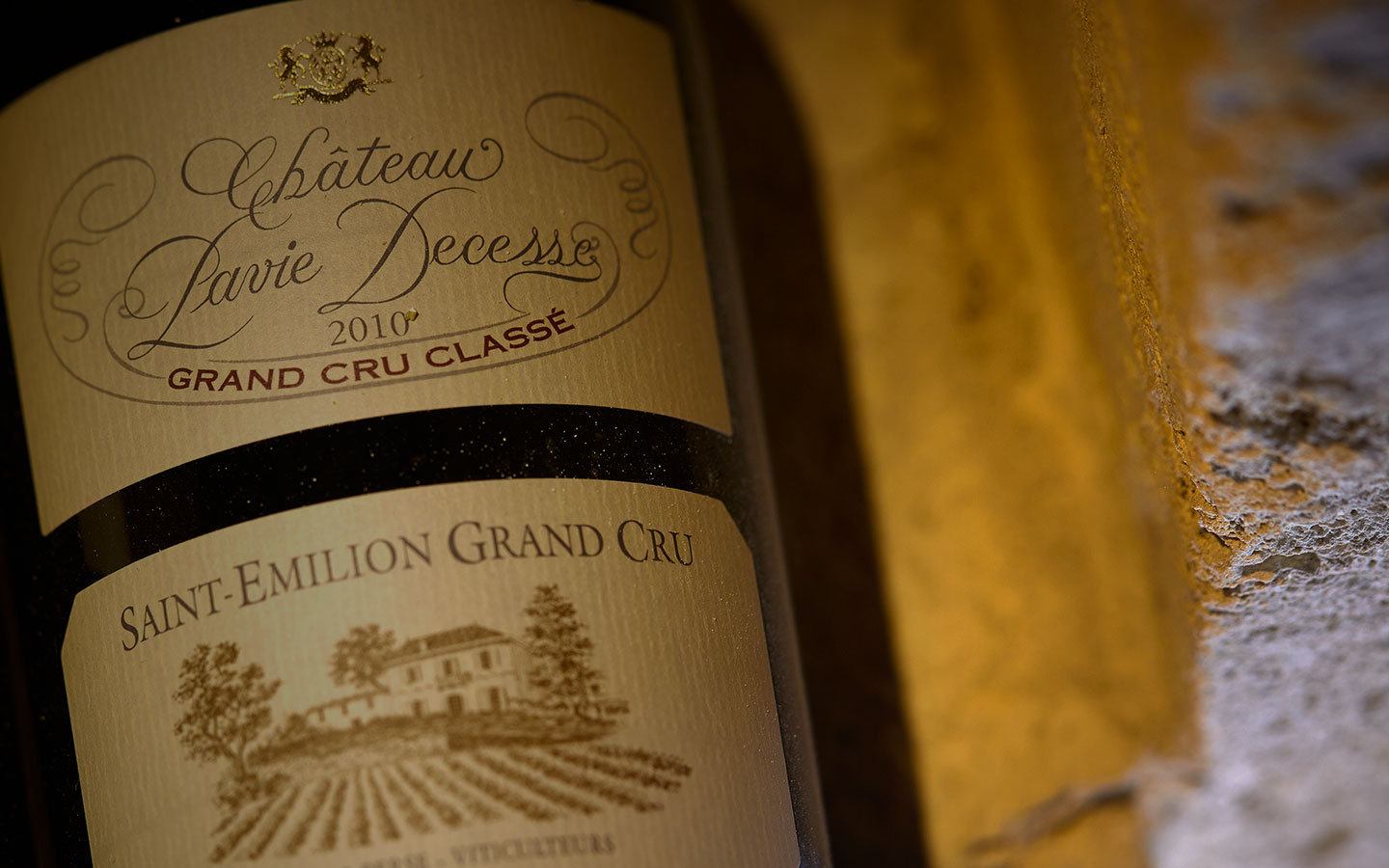The new set-up at Pavie and Pavie-Decesse included joint vineyard management.

At the end of the first world war, Ferdinand Bouffard was forced to sell the vineyard to a M.Marzelle, under whose ownership Pavie-Decesse earned the title of Granc Cru Classé in the 1954 Saint-Emilion classification. In 1970, Marzelle died and the Valette family - who already owned Château Pavie- took over the direction of this neighboring property before finally buying it outright in 1990. And in 1997, Gérard Perse acquired Château Pavie-Decesse.
Each terroir nevertheless has a well-defined character, and wines from each one are kept entirerly separate.
Pavie-Decesse, whose 3.5 hectares were detached from Pavie in 1885, is unusual in that it is entirely located on the Saint-Emilion limestone plateau.
Merlot grows very well on this soil, which also contains clay. The vineyard is well-ventilated and mainly planted with Merlot (90%). The rest consists of Cabernet Franc.
All this different factors produce rich, full-bodied wine. Pavie-Decesse is also quite complex with good tannic structure and excellent ageing potential, typical of the finest wines from the Saint-Emilion plateau.
Wine is made there with the same care as at Pavie, on which it borders, and with which it shares a very similar terroir.
Tasting different vintages of Pavie-Decesse has proved it is definetely one of the stars of the appelation.
